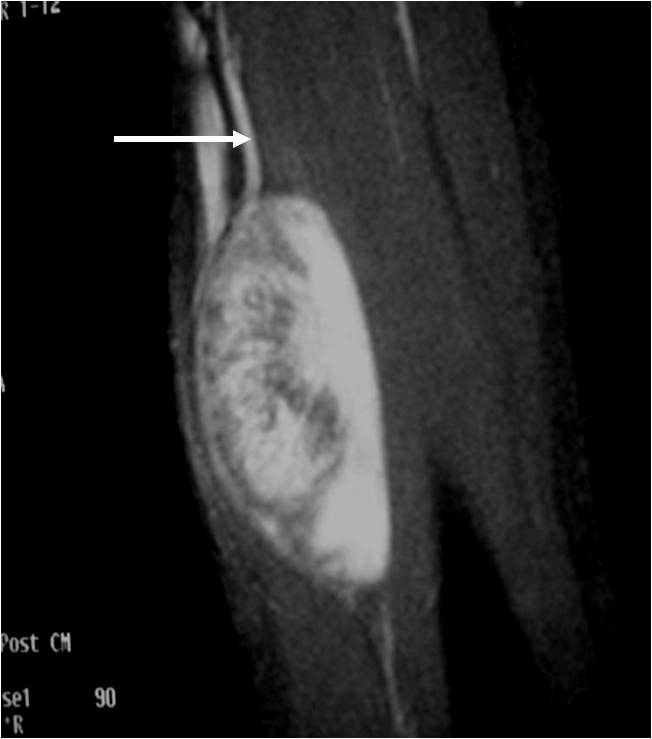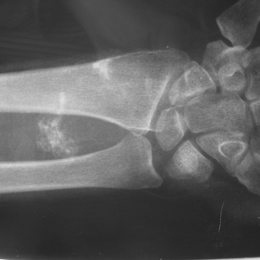What is a Schwannoma?
Schwannoma is a benign (non-cancerous) soft-tissue mass that forms on the outer, protective layer of a nerve, called the epineurium. They commonly occur in the peripheral nerves of the head, neck, upper extremities, and lower extremities. They may present as a painful or painless slow-growing mass. It is often difficult to distinguish a schwannoma with its cancerous counterpart, the malignant peripheral nerve sheath tumor, so a biopsy is needed to confirm the diagnosis.
Who is usually affected?
- • Equally affects males and females.
- • The majority of cases occur between the ages of 20-50, however it occurs in all ages.
Causes
- • Those diagnosed with NF-2, schwannomatosis, and Carney Complex may be at a higher risk of developing schwannomas.
Common Sites Involved
- • Most commonly found at major peripheral nerves of the head, neck, paraspinal region, and flexor surfaces of the upper extremities and lower extremities.
- • May involve nerve roots from spine.
- • Multiple schwannomas may occurs along the course of a nerve.
Signs and Symptoms
- • Signs and symptoms include a mobile, slow-growing mass.
- • The mass and surrounding area may or may not be painful.
- • The mass is usually less than 5 cm.
- • Positive for tinel’s sign.
Biological Behavior
- • Consists almost exclusively of Schwann cells.
- • Strong expression of S-100 protein.
- • Neurofibromatosis 1 associated with multiple schwannomas.
- • Does not metastasize.
- • Rarely recurs.
- • Pain is usually relieved with removal.
- • Malignant degeneration is exceedingly rare.
Diagnosis
- • The work-up for Schwannoma often consists of a physical examination, X-ray, MRI, CT, and bone scans. The diagnosis is often confirmed with a biopsy, which samples the tumor for further analysis.
Risk to your limbs
Schwannoma is a non-cancerous, soft-tissue mass that presents on the outer, protective layer of a nerve, called the epineurium. Some potential risks of these tumors include nerve damage, especially if the tumor is compressed, stretched, or wrapped around an important nerve or vessel. Schwannomas are not malignant, and therefore cannot metastasize or spread to other parts of the body.
Radiographic imaging is used to help form a diagnosis. These include X-Ray, MRI, CT and Bone Scans.
An example of an MRI is shown.

Treatment of Schwannoma
The treatment of a schwannoma includes limb-sparing surgery, in which the tumor is completely excised (removed) with the nerve spared whenever possible. With surgical removal, recurrence is rare.
Surgery
Surgical treatment includes wide or radical resections to remove the complete tumor and additional margins. The removal of additional, surrounding margins ensures that the tumor is completely removed and decreases the chances of the tumor coming back.






